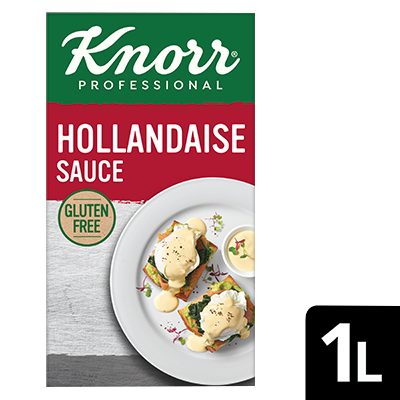Updated on Tuesday, 15ᵗʰ November, 2022
Did you know? According to the Bureau of Statistics in Australia, 17% of people report not eating certain foods for health reasons.
And that number is on the rise.

While serving customers with food intolerances means that you have to make more allowances in the kitchen, they do make up a large portion of the population.
So what does it mean for you?
For one, it means that you and your staff should always be aware of the type of foods that customers may need to avoid. The most common ones are:
- Dairy products such as milk, cheese and yoghurt
- Wheat products that contain gluten
- Eggs
- Peanuts
- Meat
And two, you and your staff need to know the difference between customers being intolerant and being allergic.
Intolerant vs allergic
The difference between an intolerance and an allergy is that food intolerance affects the digestive system while allergies are linked to the immune system.
If a customer eats food she or he is allergic to, the result can be anaphylaxis, a trip to the hospital or worse. For customers who are intolerant, eating too much of the wrong food can result in headaches, bloating or stomach pain.
While food intolerances aren't as serious as allergies, for many people they mean the difference between enjoying a night out and spending hours afterwards in pain. Intolerances can't be diagnosed with allergy tests, so people often keep a food diary in order to figure out what doesn't agree with them.
Being prepared for food intolerances
Customers with food intolerances are not going away any time soon. This means that if you cater to their requests, they will be more likely to return to your café. And while you may not be able to cater to every requirement, there are simple ways in which you can address food-sensitive customers.
Make it clear
Many cafés find it too difficult to deal with special requests and menu changes, especially during busy periods. If this is the case for you, make it a policy by adding a clear but friendly note on the menu.
Offer options
The easiest way to accommodate intolerances is to add one or two clearly marked options for dishes that are gluten free, dairy free and meat free. Ask your customers for their feedback to find out what they prefer and how to improve your menu to suit them.
Inform your staff
For both food intolerances and allergies, it is up to customers to communicate their concerns and ask if your dishes contain ingredients that may cause bad reactions. However, it is also important that wait staff understand the risks of allergies and food intolerances and know the exact ingredients in each dish.
By making sure that you and your staff are informed about intolerances and trained in safe food preparation, you'll be able to create a café that caters to everyone.
Resources to learn more about food intolerance:
Related Products
Log in or Create an account to access:
- Get access to this content
- Discover the latest culinary trends
- Explore and save your favourite recipes
- Watch free video training courses for chefs











